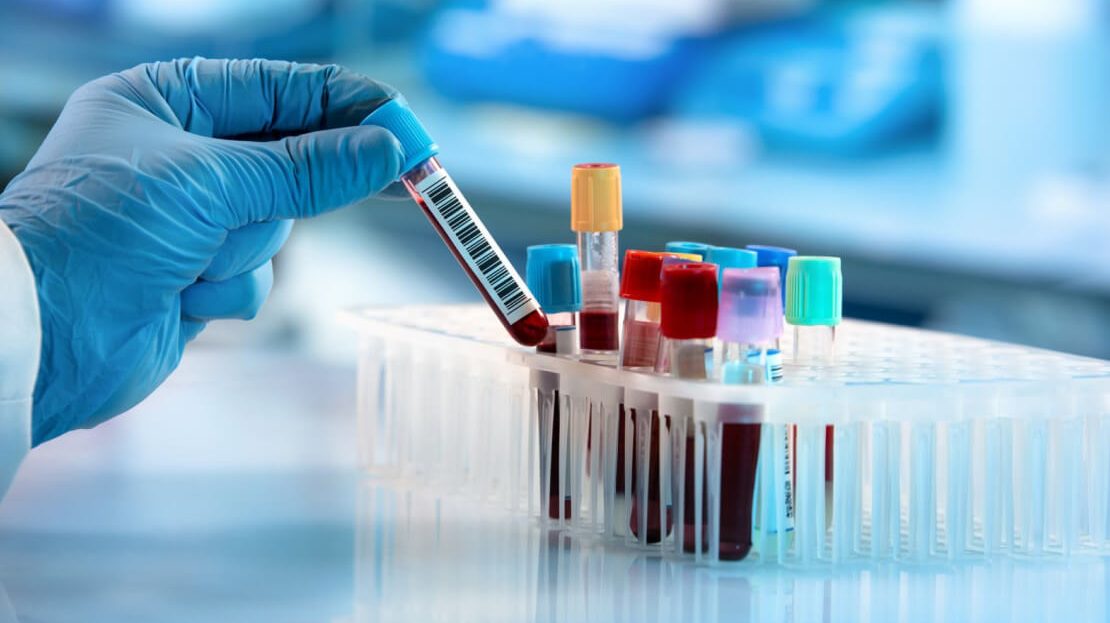Mebendazole, Fenbendazole, 2-DG, Ivermectin, DCA, 4-PBA, and DON in Cancer, ALS, Diabetes, and Epilepsy
Introduction
This article provides an expert overview of several compounds—Mebendazole, Fenbendazole, 2-Deoxy-D-Glucose, Ivermectin, Sodium Dichloroacetate, Sodium 4-Phenylbutyrate, and 6-Diazo-5-Oxo-L-Nor-Leucine—and their potential therapeutic applications in cancer, amyotrophic lateral sclerosis (ALS), aldose reductase diabetes (ALD), diabetes, and epilepsy.
Mebendazole
Mechanism of Action: Mebendazole is a benzimidazole derivative that primarily acts as an anthelmintic by inhibiting the polymerization of tubulin, which disrupts microtubule formation in parasitic cells. This mechanism has led to investigations into its anti-cancer properties.
Clinical Applications: Traditionally used to treat parasitic infections, Mebendazole has shown promise in oncology.
Research Findings: Recent studies indicate that Mebendazole can induce apoptosis in various cancer cell lines, including glioblastoma and colorectal cancer. It has been observed to inhibit angiogenesis and disrupt the tumor microenvironment, enhancing the efficacy of conventional chemotherapeutics. Clinical trials are ongoing to evaluate its effectiveness in combination therapies for cancer.
Fenbendazole
Mechanism of Action: Fenbendazole, similar to Mebendazole, disrupts microtubule dynamics in parasites, leading to their death. It also has effects on cellular metabolism.
Clinical Applications: While primarily used in veterinary medicine, Fenbendazole has gained attention in cancer research.
Research Findings: Preliminary studies suggest that Fenbendazole may inhibit cancer cell proliferation and induce apoptosis. It has been shown to affect the Wnt/β-catenin signaling pathway, which is often dysregulated in cancer. Ongoing research aims to elucidate its mechanisms and potential synergistic effects with other anti-cancer agents.
2-Deoxy-D-Glucose (2-DG)
Mechanism of Action: 2-DG is a glucose analog that inhibits glycolysis by competing with glucose for uptake and phosphorylation by hexokinase, leading to reduced ATP production in glycolytic pathways.
Clinical Applications: 2-DG has been investigated as a metabolic therapy in cancer, diabetes, and neurodegenerative diseases.
Research Findings: In cancer, 2-DG has shown promise in starving tumor cells of energy, particularly in glycolytic tumors. It has been used in combination with radiation and chemotherapy to enhance treatment efficacy. In diabetes, 2-DG has been shown to improve insulin sensitivity and reduce hyperglycemia in animal models. Its neuroprotective effects in models of ALS and epilepsy are also under investigation, with potential benefits in metabolic regulation.
Ivermectin
Mechanism of Action: Ivermectin binds to glutamate-gated chloride channels in invertebrates, leading to paralysis and death. It also has effects on other ion channels, including GABA receptors.
Clinical Applications: While primarily an antiparasitic agent, Ivermectin has been explored for its potential anti-cancer properties.
Research Findings: Recent studies suggest that Ivermectin may inhibit cancer cell proliferation and enhance the effects of chemotherapeutic agents. It has been shown to modulate the immune response and may have potential in treating viral infections, including COVID-19, although this remains controversial. Its neuroprotective effects in ALS models are also being explored.
Sodium Dichloroacetate (DCA)
Mechanism of Action: DCA alters cellular metabolism by inhibiting pyruvate dehydrogenase kinase, leading to increased oxidative phosphorylation and a shift from glycolysis to mitochondrial metabolism.
Clinical Applications: DCA has been studied for its potential to treat various cancers and metabolic disorders.
Research Findings: In cancer, DCA has been shown to induce apoptosis in tumor cells and inhibit tumor growth in preclinical models. It has been particularly studied in glioblastoma and breast cancer. In ALS, DCA’s ability to enhance mitochondrial function and reduce oxidative stress has shown promise in preclinical studies.
Sodium 4-Phenylbutyrate (4-PBA)
Mechanism of Action: 4-PBA acts as a chemical chaperone, stabilizing misfolded proteins and enhancing their degradation via the proteasome. It also has anti-inflammatory properties.
Clinical Applications: 4-PBA is used in urea cycle disorders and is being investigated for its potential in neurodegenerative diseases.
Research Findings: In the context of ALS, 4-PBA has been shown to improve protein homeostasis and reduce neurodegeneration in animal models. Its ability to enhance the clearance of misfolded proteins may provide neuroprotective effects, making it a candidate for further clinical investigation. Additionally, 4-PBA has demonstrated potential in improving insulin sensitivity and reducing inflammation in diabetic models, suggesting its utility in metabolic regulation. Ongoing studies are exploring its broader applications in neurodegenerative diseases and metabolic disorders.
6-Diazo-5-Oxo-L-Nor-Leucine (DON)
Mechanism of Action: DON is an amino acid analog that inhibits glutamine metabolism by targeting the enzyme glutamine synthetase. This inhibition disrupts the synthesis of glutamate and other critical metabolites, which are essential for the growth and survival of rapidly dividing cells, particularly cancer cells.
Clinical Applications: DON has been primarily studied for its potential anti-cancer properties, especially in tumors that exhibit a high dependency on glutamine for energy and biosynthesis.
Research Findings: Preclinical studies have demonstrated that DON can effectively inhibit the proliferation of various cancer cell lines, including glioblastoma, breast cancer, and pancreatic cancer. By disrupting glutamine metabolism, DON induces apoptosis and can enhance the efficacy of conventional chemotherapeutic agents. Additionally, research is exploring DON’s potential in neurodegenerative diseases like ALS, where its ability to modulate glutamate levels may help mitigate excitotoxicity. Furthermore, DON is being investigated for its implications in metabolic disorders, as it may influence energy homeostasis and insulin sensitivity, although further studies are needed to clarify its therapeutic potential in these areas.
Conclusion
Mebendazole, Fenbendazole, 2-Deoxy-D-Glucose, Ivermectin, Sodium Dichloroacetate, Sodium 4-Phenylbutyrate, and 6-Diazo-5-Oxo-L-Nor-Leucine represent a diverse array of compounds with potential applications in cancer, ALS, diabetes, and epilepsy. Their mechanisms of action highlight the importance of targeting metabolic pathways and cellular processes that are often dysregulated in these conditions. Ongoing research is crucial to fully elucidate their therapeutic potential and to develop effective treatment strategies that can improve patient outcomes across these diverse medical fields. As these compounds continue to be studied, they may pave the way for novel therapeutic approaches that leverage their unique properties to combat complex diseases.

